How beautiful to hang tulle?
The design of the window in the room plays a huge role in the design of the entire room - the curtains will help complete the harmonious image or, on the contrary, become a bright accent of the style solution. Curtain tulle in combination with curtains can quickly and easily balance the excessive bulkiness and severity of curtains, give the room lightness and airiness.
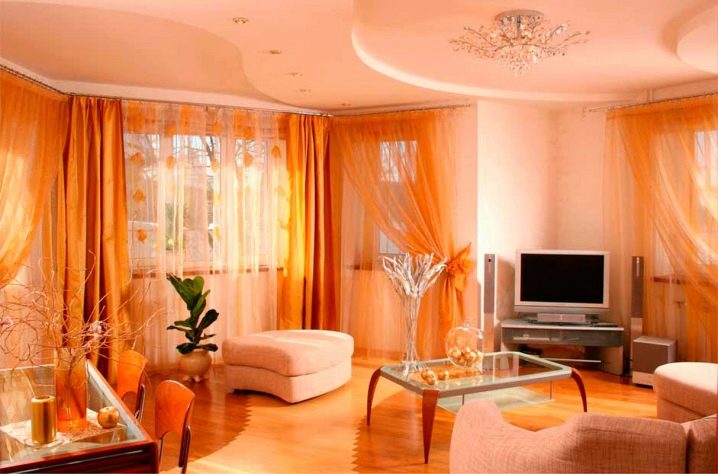
Peculiarities
The choice of tulle largely determines the shading of the room - whether the window faces the sunny side or the longer the day in the room is twilight. Window decoration is selected based on the color scheme of the room, space zoning and taste preferences of residents. According to the material, four main types of tulle are distinguished: veil, organza, mesh, gas.
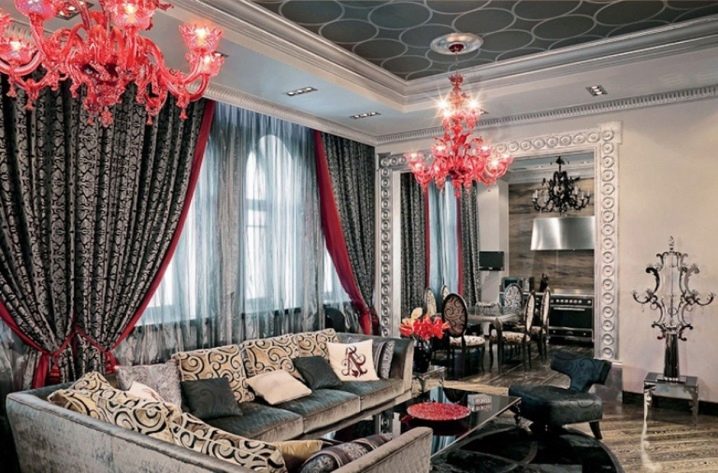
Veil
Weightless translucent matter is able to instantly decorate any room. For the production of the veil, silk, linen, cotton are used, which makes it natural.. This type of tulle is very soft and supple, which makes it easy to give it the desired shape, make beautiful folds. The veil is considered the most dense of all types of tulle, it does not transmit light well. This ability allows her to use the veil as a single element in the design of the window. The most interesting such decor will look in the bedroom, nursery. The veil gives the room lightness and airiness. The material is easy to use - the veil does not collect dust, it is very easy to wash it.
This type of tulle is presented both in classic white color and in color design, decorated with a print.
Organza
Organza is rightfully considered a favorite of designers. – it holds its shape well, does not wrinkle, but with all its rigidity it gives the space a feeling of lightness and comfort. Organza is made from silk or synthetic threads by tight twisting. This type of tulle does not let in direct rays of light, has increased wear resistance, does not absorb odors and does not attract dust, and is well washed in a conventional washing machine. To decorate the room, you can choose an organza option made from natural fibers such as silk and viscose. To reduce the cost of window decoration manufacturers offer tulle made from artificial materials such as polyester. But it is worth making a reservation, unnatural material can provoke an allergy.
Given the strength of organza, it is better to advise purchasing tulle made from natural materials. Its cost is higher than artificial analogues, but organicity and naturalness come to the fore here.
On the fabric and home decor market, you can find a huge amount of organza - plain, multi-colored models, with prints, inserts of other materials. The surface of the material can be either matte or glossy, shiny, with elements of jacquard, lurex, embroidery. Organza with the effect of the so-called "broken glass" is gaining more and more popularity. This tulle looks extremely fashionable.
Organza looks original with rainbow and chameleon effect. Such window decoration can bring festivity and gloss to the room. This version of organza, as a non-combustible fabric, is recommended to be safely used in kitchens where the stove is in close proximity to the window. Now you can not worry about the fire situation in the house. Handmade lace organza looks unusual and original, but the cost of such material is very high.
The disadvantages of this type of tulle include the fact that the material does not pass air well, so the room where the organza hangs on the window needs to be ventilated more often.
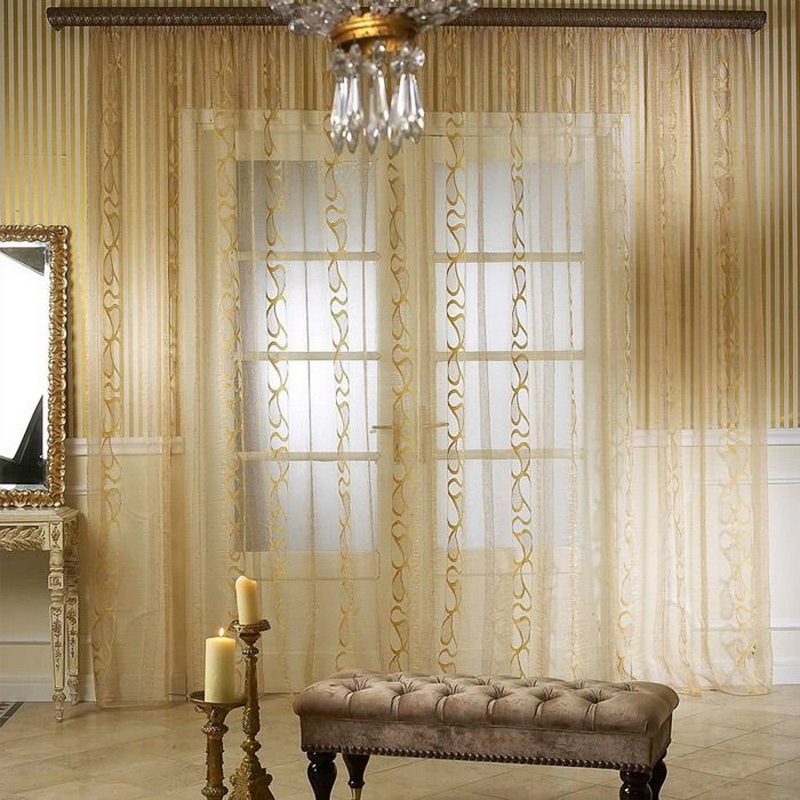
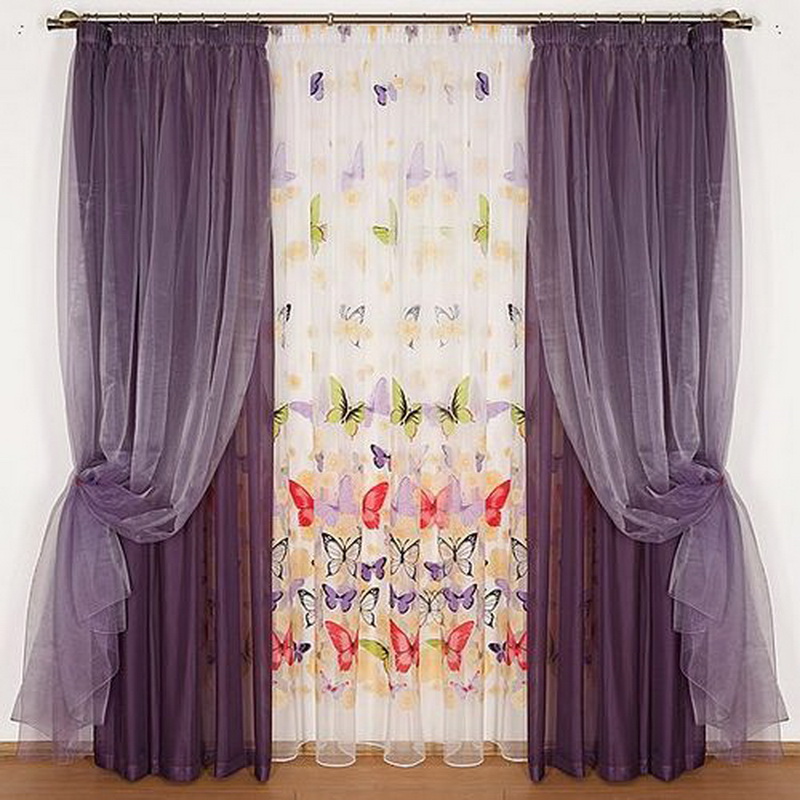
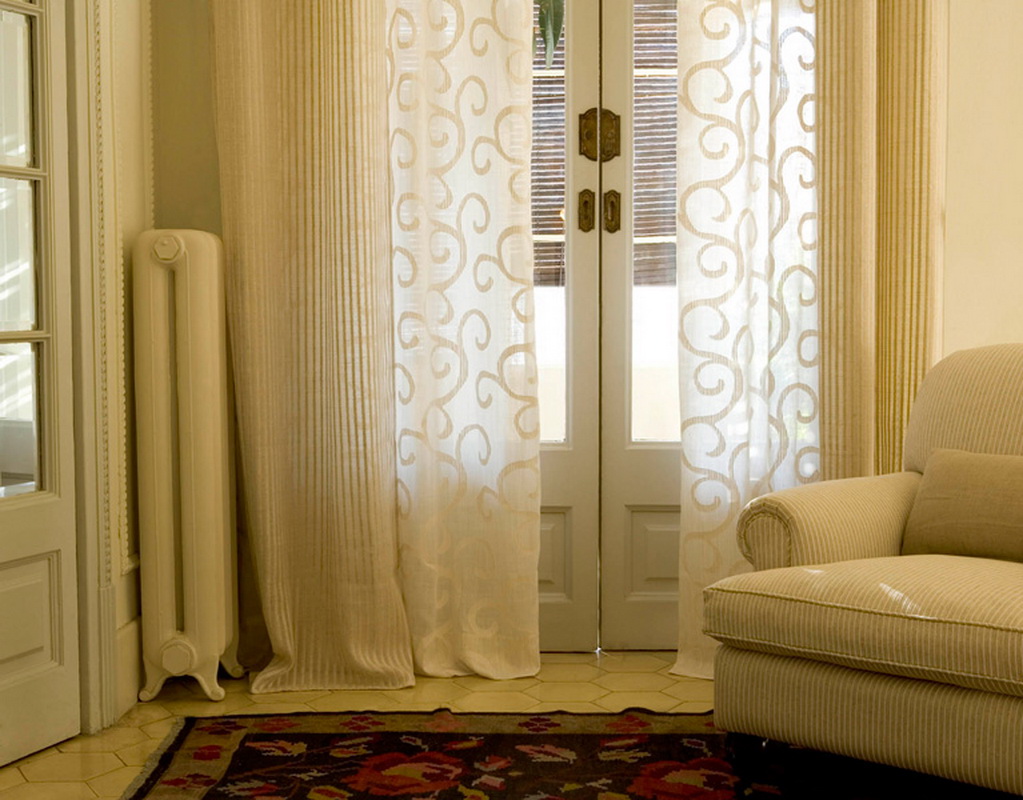
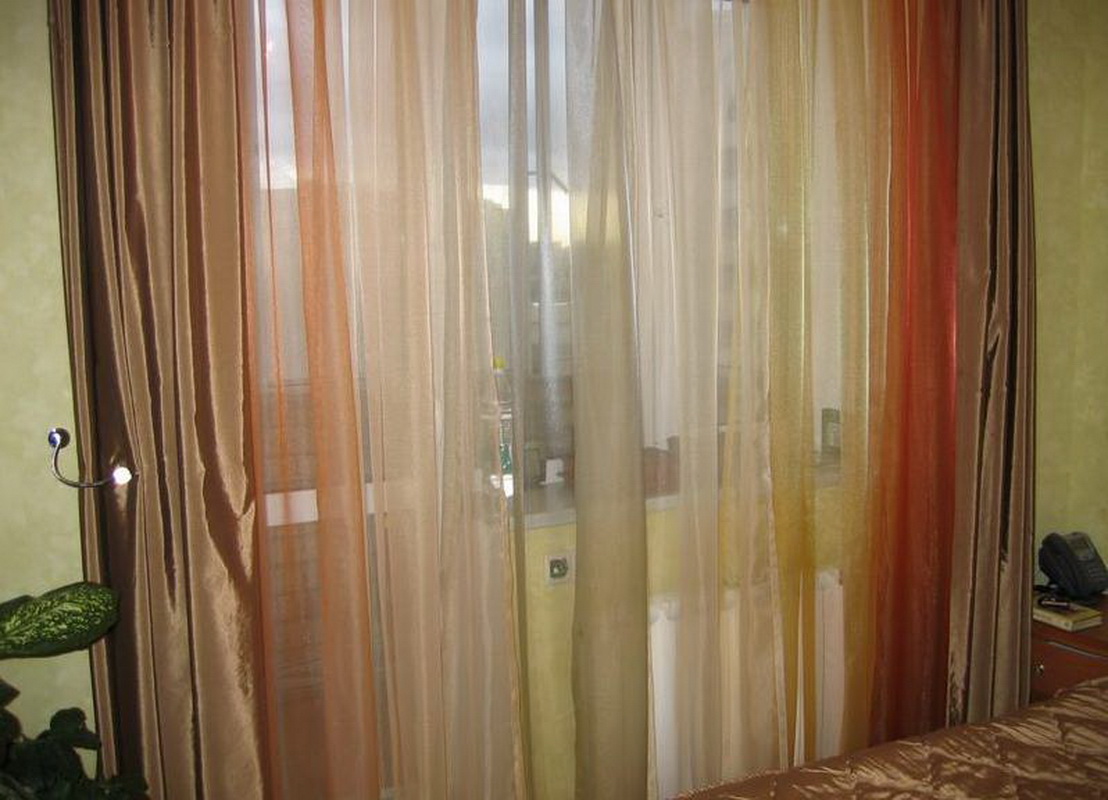
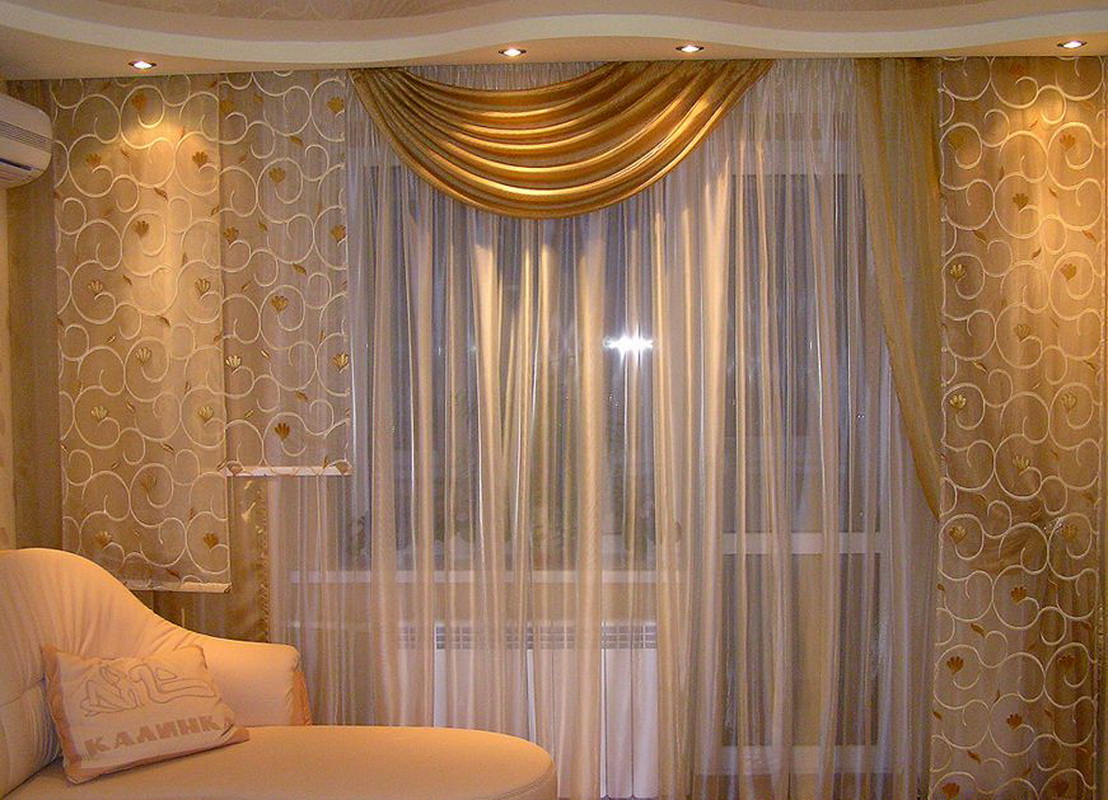
Grid
The grid is universal, simple, but at the same time very variable. Designers advise using mesh in the bedroom or living room along with blackout curtains. It is better to combine tulle with matching curtains. A stylish option would be to use a grid to give organic space a certain style, for example, loft or Minimalism. An interesting option would be to supplement the mesh with curtains made of harsh fabrics. On its own, the grid is used extremely rarely, with the exception of children, where additional light never hurts.
In a north-facing living room, the grid will give the room the right amount of light.
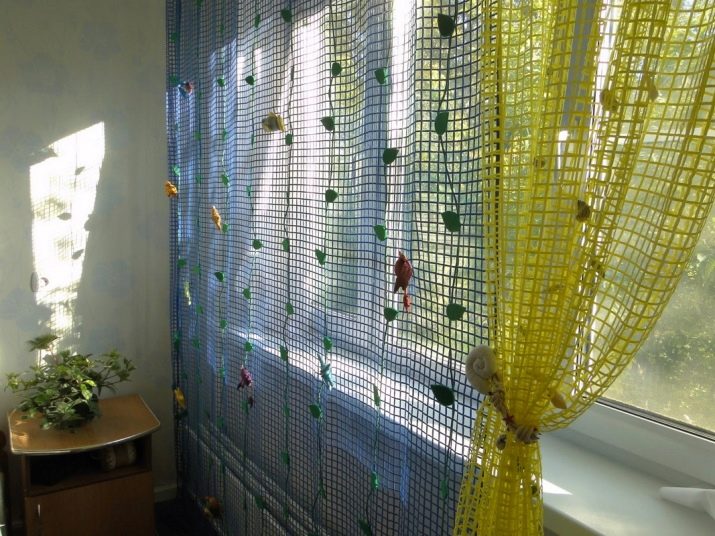
Among the types of mesh tulle, it is worth noting fine-mesh and coarse mesh models. The embroidered mesh is called French lace, it is often used in the design of the kitchen window. The grid with large rectangular cells is made of dense threads and even lace. Independently, such tulle can be found in ethnic style, indoors in Country style. Decorating a window with a mesh over thick curtains can be called a real fashion statement. At the same time, tulle and curtains can be of different colors, but of the same shade, and the mesh falls in folds on the floor.
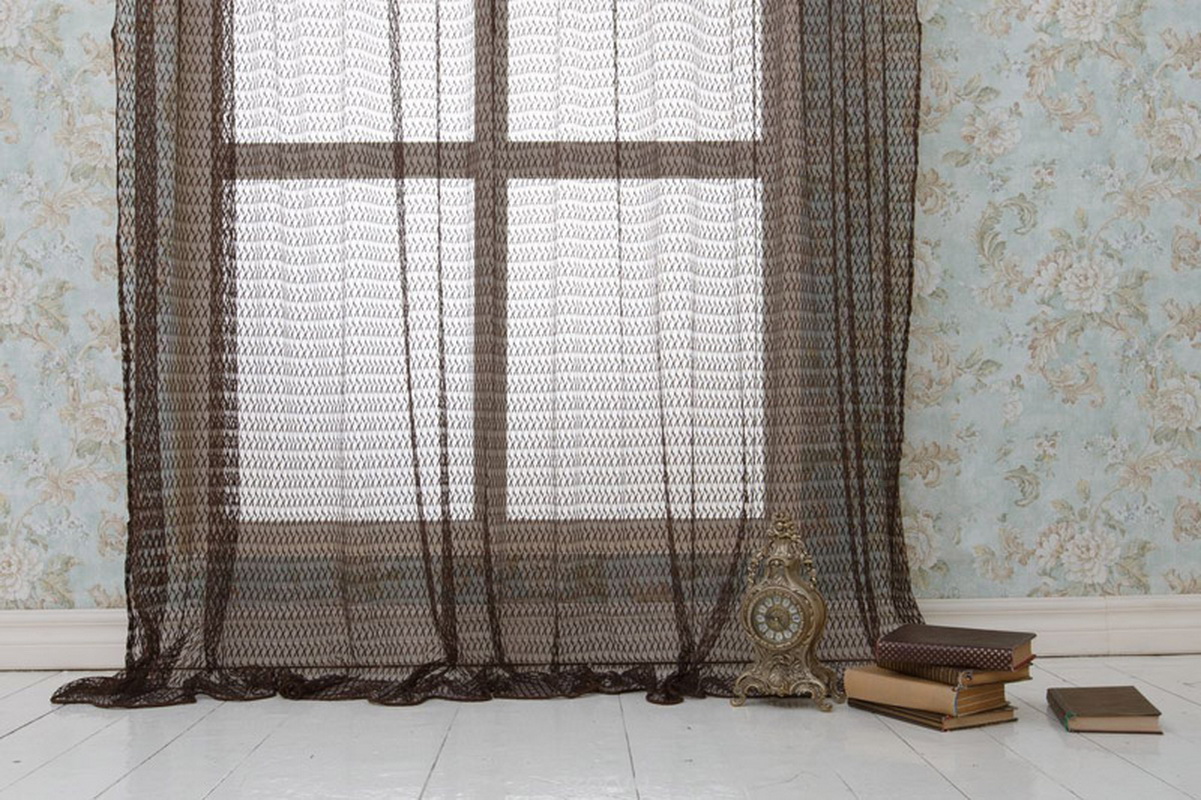
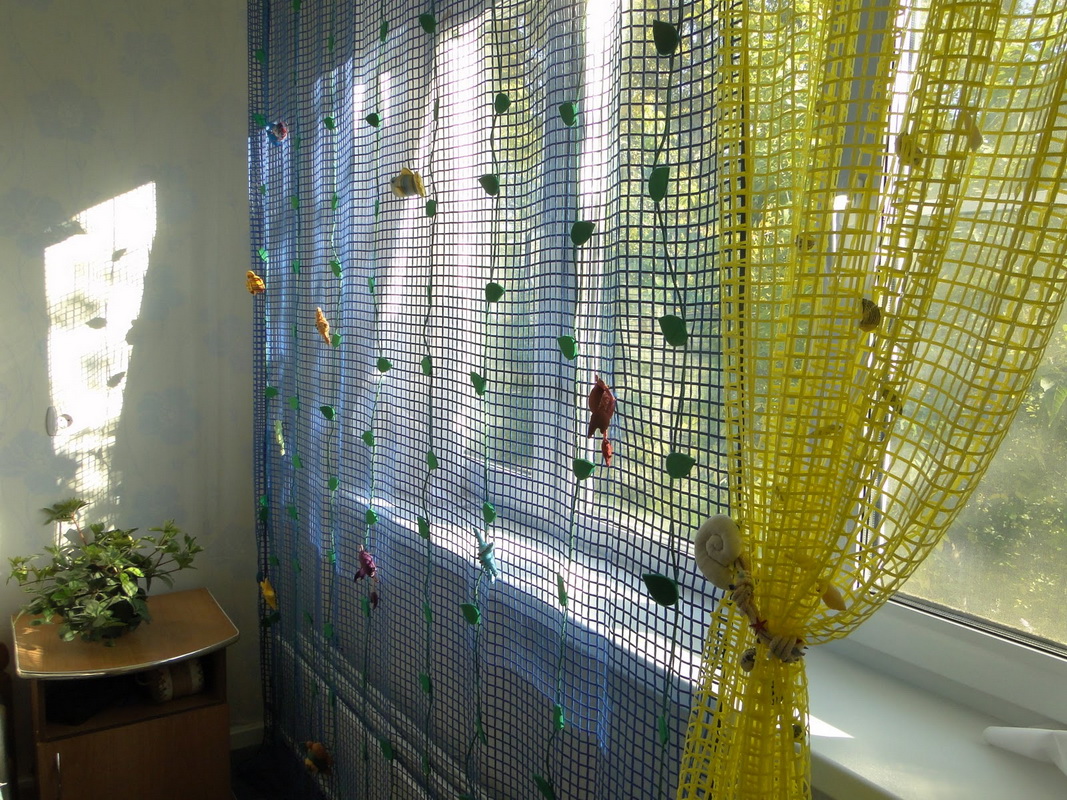
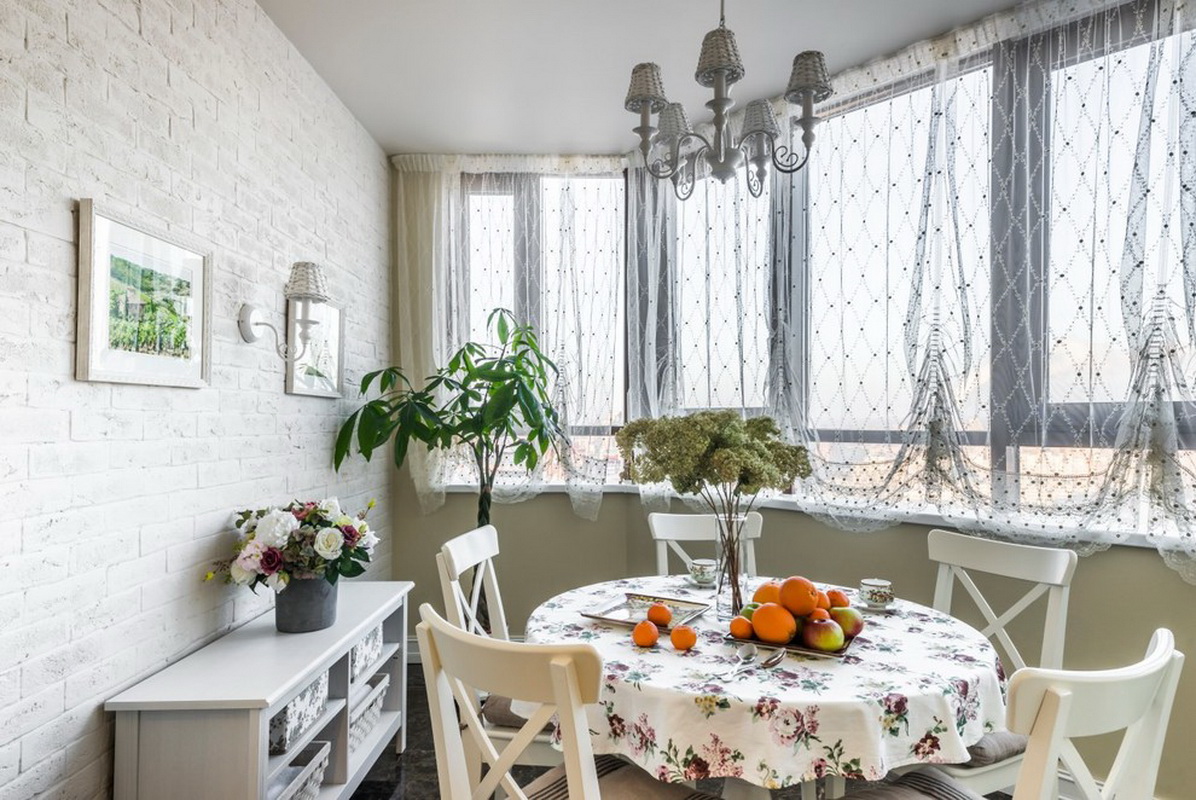
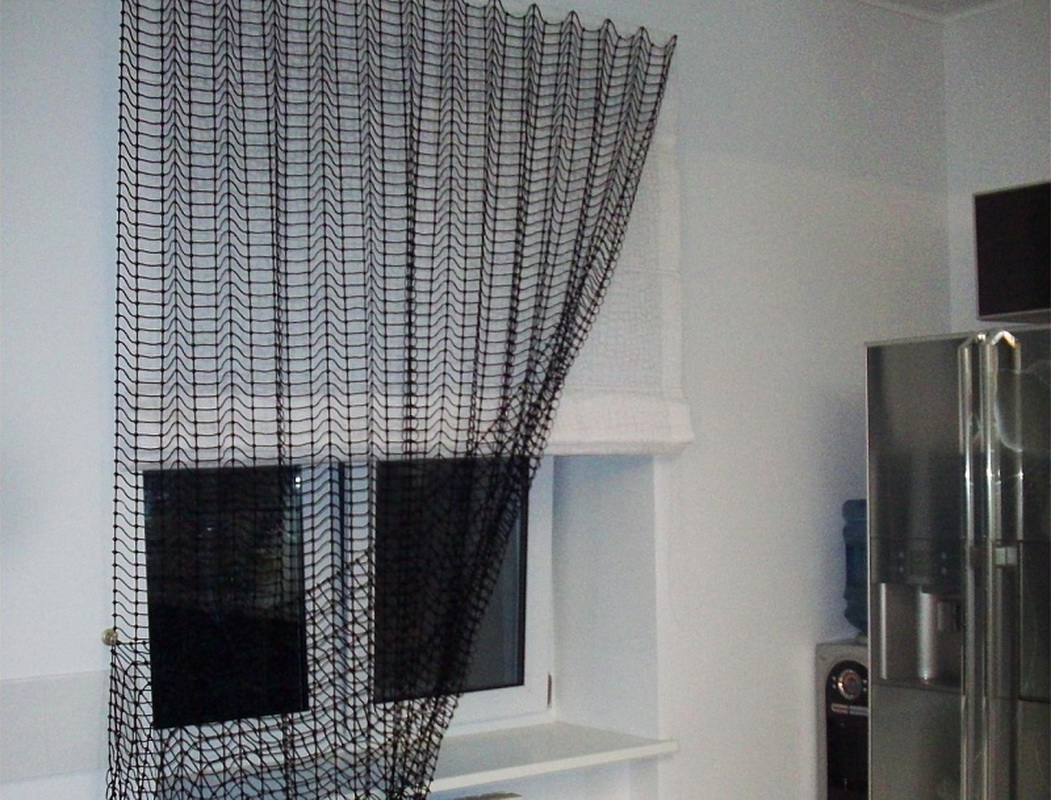
The disadvantages of this type of window design include the susceptibility of the grid to dust and the inability to retain light.
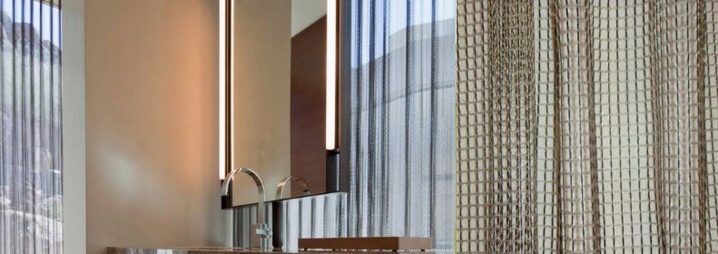
Gas
Tulle, produced by slightly interweaving the warp and weft threads, in which space remains between them, is called gas tulle. The fabric is airy and weightless. Initially, gas was produced in the East from silk, today such tulle is made from both silk and viscose and polyester. There are several types of gas tissue. So, marabou gas is considered the toughest and has a characteristic golden color. The gas, in the production of which the thinnest threads are used, turns out to be the most weightless, it is called illusion gas. Today in stores you can find gauze fabric matte, semi-matt, printed, patterned or embroidered.
It is worth noting that the cost of gas is lower than a similar piece of veil or organza.
Cornice
The way the tulle will look on the window largely determines the cornice. The cornice can perform both fastening and decorative functions. If the cornice is purchased solely to hang tulle on it, then it can be completely hidden in a niche, behind a molding. According to the degree of fastening, cornices can be divided into:
- Models that can be attached to the ceiling (string);
- Models on the wall (tubular);
- Models that have two mounting options - to the ceiling and to the wall (profile, baguette).
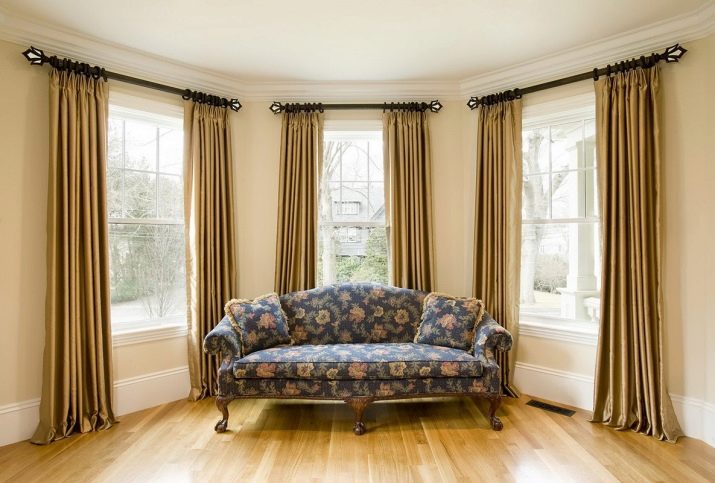
Ceiling models help solve the problem of low ceilings in the room. Tulle on the ceiling cornice is hung on hooks, and in order to visually increase the height, choose the length from ceiling to floor. You can even lower the folds of fabric to the floor, which will make the room soft and cozy. On a metal string cornice you can only fasten very light fabric like a veil or organza in one layer. The lightness and weightlessness of the design does not allow to complement the image of the window with thick curtains. Tubular and baguette cornices more used as an element of room decor. On a round tubular cornice, the fabric is fixed with rings or eyelets - metal elements that cling to holes inside the cornice web. This method of fastening looks beautiful, besides, the rings are easy to put on.
Assembly types
Undoubtedly, pleated tulle looks really beautiful. In order to assemble the fabric, firstly, you will need a significant supply of it, so it is recommended to buy tulle in width 1.5-3 times the length of the cornice. Of course, the size of a piece of matter is determined based on the number of folds and personal preferences. Secondly, you will need a tape for curtains - a white or transparent braid that has loops and attaches to the back of the finished curtain. With the invention of the tape, you no longer need to sew on the loops yourself or come up with other ways of fastening.
The braid also provides various options to drape the tulle. The tape has loops in several rows. Two will be enough to make simple folds; for more complex decorative compositions, ribbons with several rows of loops are used.
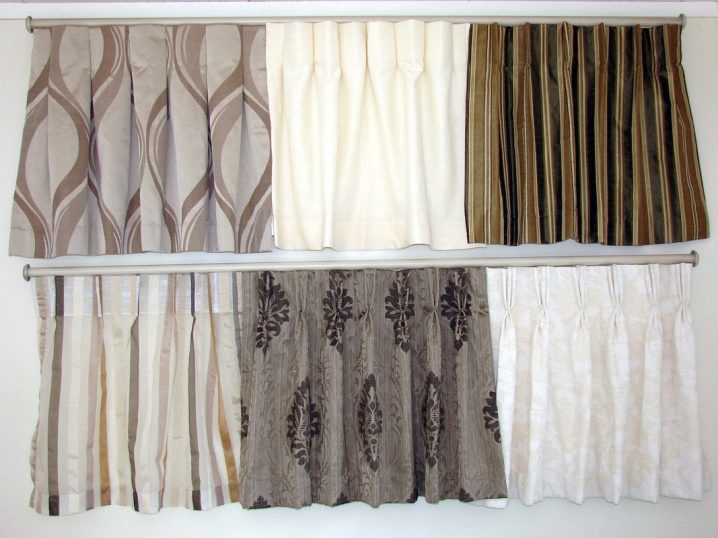
Many owners of tulle do not know how to make folds correctly using a curtain tape. To do this, the pieces of braid are tightened on the sides, forming waves of the desired length. Then the ends of the ribbon should be tied and hidden under the fabric. It is difficult to make folds in this way, but the result is worth it, the main thing is to make sure that the intervals between the waves are equal.
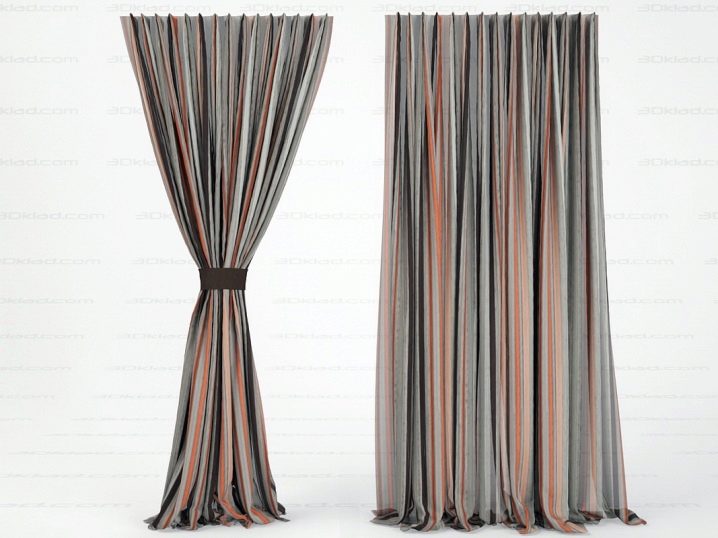
There are other ways to make expressive folds:
- Most often folds look in one direction, for this, the fabric is folded in waves of equal width.
- Alternatively, you can add transverse folds, one has only to break the waves into an equal number and direct their crests at each other.
- Bow pleats they do everything in the same way, but with the only difference that the ridges are directed in opposite directions. Thus, something like a flat bow is obtained.
- There are also so-called pencil folds from identical loop-like folds. The tulle should be hung unchanged, then proceed to the formation of folds, taking into account the interval between the hooks.
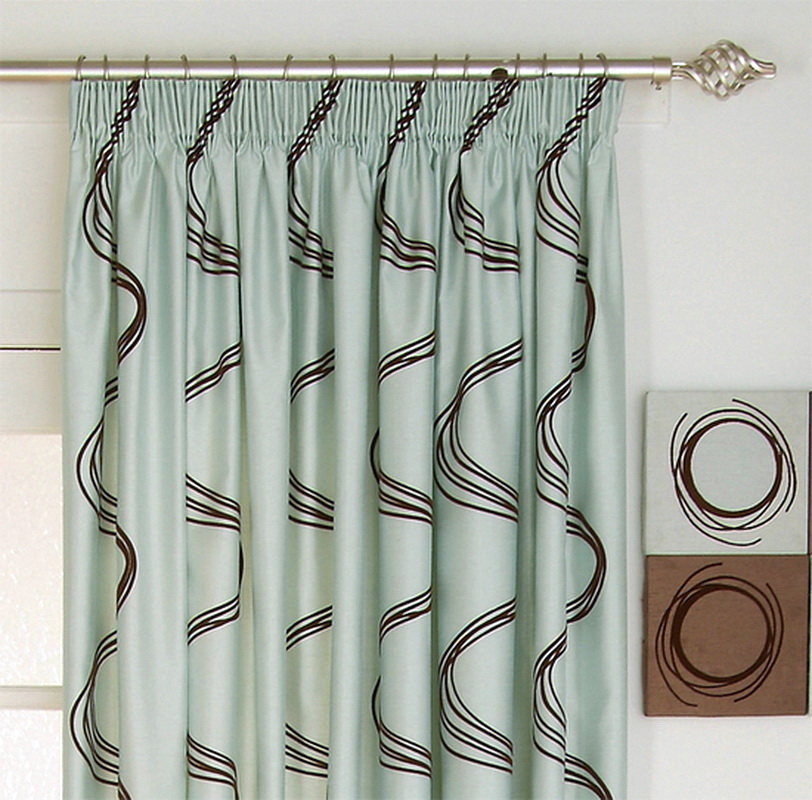
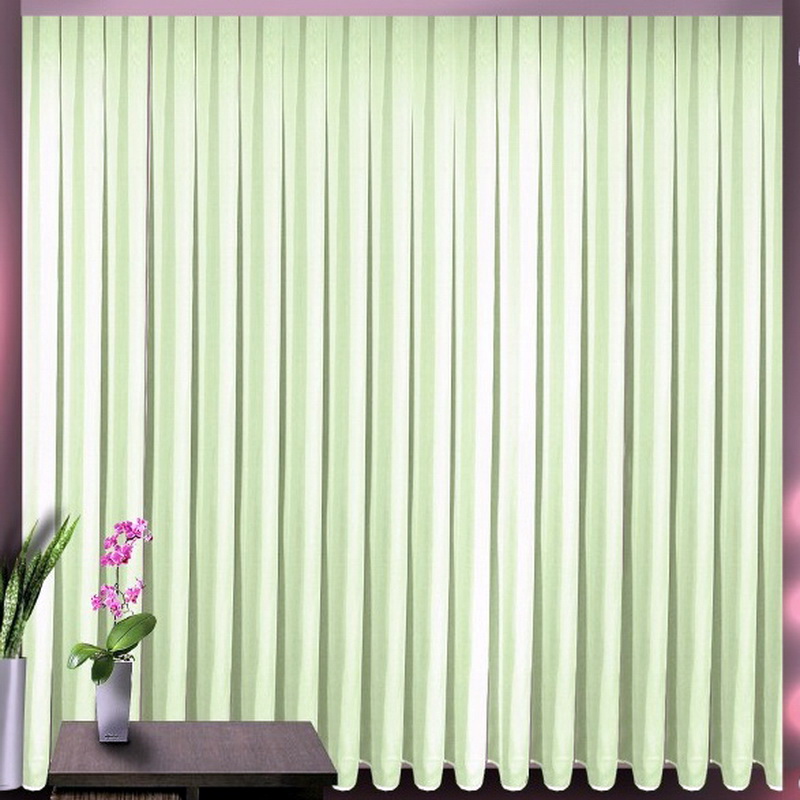
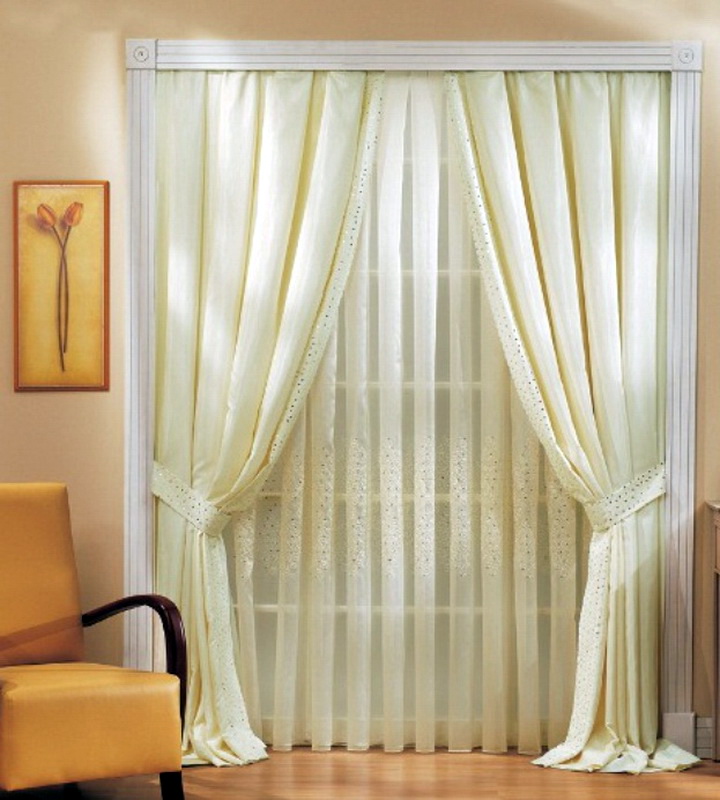
- Aerobatics is the draping of the Flemish folds. For this, two rows of threads must be present in the braid. The fold is made by simultaneously pulling the upper and lower threads together, and a V-shaped knot should form on the material. After the formation of a fold, the bottom must be pulled off as much as possible, while not forgetting the expressive assembly of the tulle from above. The Flemish fold requires skill and certain skills.
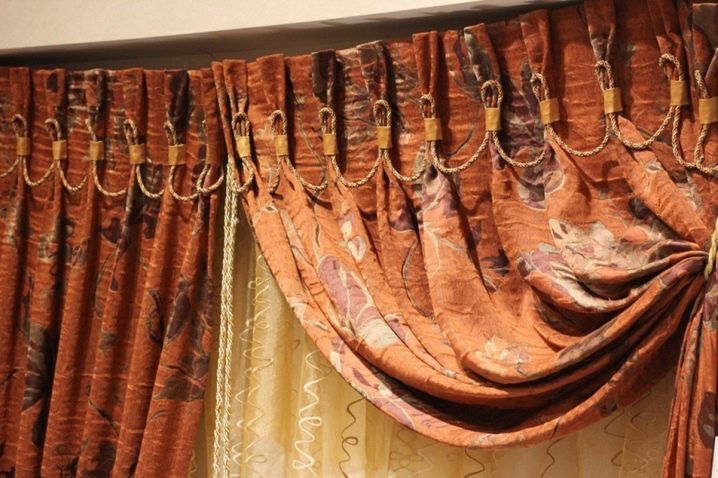
- Among the popular options to make the window more expressive are fastening on decorative rings. Tulle can be beautifully stabbed with clothespins for curtains in the form of bright butterflies, dragonflies, beetles and other insects. The fabric can be fixed with magnets or simply tied up. The option of fastening tulle with ties has become widespread in most Russian apartments.
The design of the window space allows you to realize even the most incredible ideas and ideas.
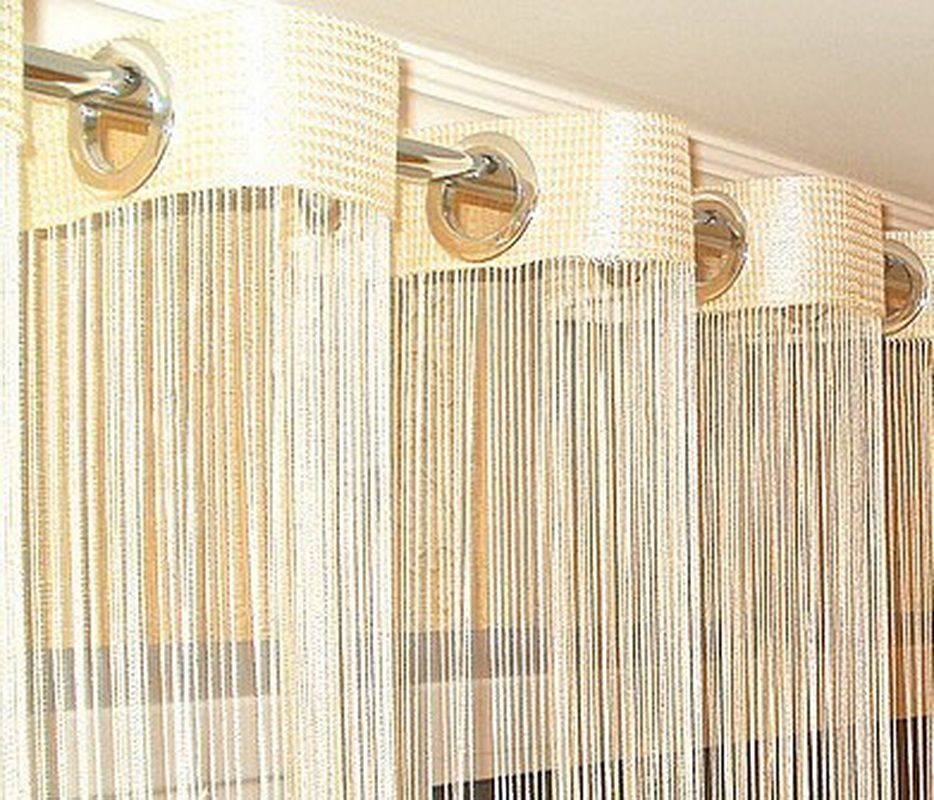

Options in the interior
The choice in favor of one or another option depends on the characteristics of the room and the window, the general style of the room, the functional purpose and personal preferences. The most popular way is to combine tulle in two colors. The fabric can be hung in two layers, for example, by combining classic white tulle with fabric in natural shades - beige, gray, peach, brown. On the contrary, you can choose contrasting colors - pink and gray, yellow and purple, red and coffee. When choosing tulle in bright colors, consider the belonging of the room. So, in the nursery, too flashy color of tulle can cause aggression, in the bedroom - irritation.
